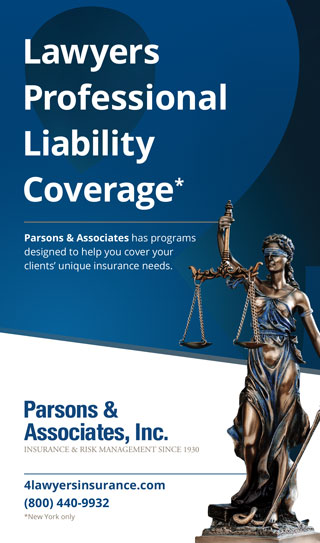Comprehensive knowledge of what is taxable and nontaxable benefits is incredibly important for business owners, as well as heads of human resource departments. Employees are attracted to worthwhile benefits bundled in with their earned income and this only aids in a business’s employment retention. Most people are more interested in pursuing careers that offer them employee insurance and pensions.
Nontaxed fringe benefits
According to the IRS, all earned income is taxable except for fringe benefits. Fringe benefits are the extra, or supplementary expenses—such as travel and qualified health plan benefits. Those types of perks from employment are considered nontaxable and can be excluded when filing with the IRS. However, bonuses are considered a part of an individual’s earnings, and therefore they are taxable income.
Another example of an enticing fringe benefit are education expenses. Employers can offer their employees up to $5,250 in educational reimbursement as further incentive for employment/ recruitment of new employment. For employees to receive a full reimbursement for expenditures that are work-related (i.e., cost of travel), evidence like bills or receipts can be used as supportive documentation to further support their claim.
The IRS requires that employees have verifiable proof that they had collected business-related expenses that can receive reimbursement. This is referred to as a business connection. It is an allowable expense that the IRS will pay back to individuals.
Company vehicles
Company-provided vehicles is another great perk that employers can offer their staff members as an untaxed fringe benefit.
According to the U.S. Chamber of Commerce, all states—excluding New Hampshire and Virginia—need commercial auto insurance policies for company vehicles. However, it is mandated in all U.S. states that if you or an employee are at-fault for the vehicle mishap, that the other motorist be compensated fully.
Maura Rosner
Maura worked as a reporter for the Daily Mail. She received her English, B.A., from Brooklyn College. Maura is also a photographer who believes that there is power in every image.





